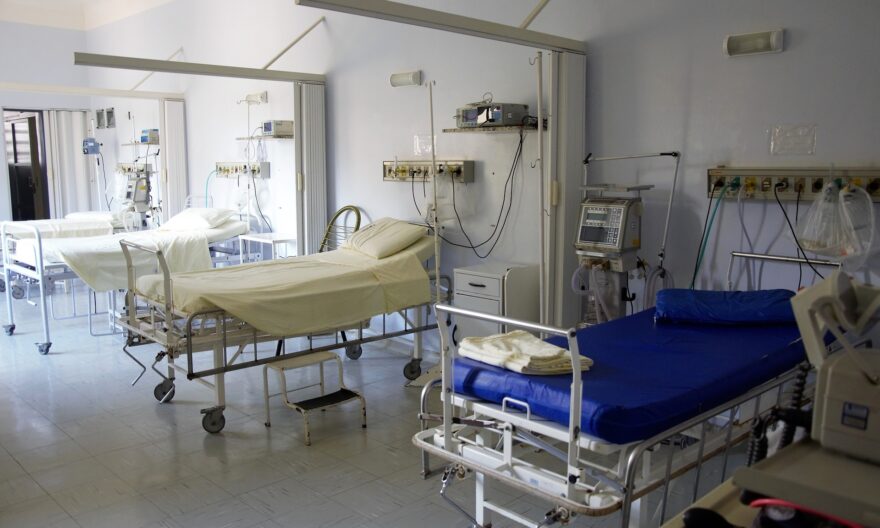
A recent report from the United Nations has found that in almost every region of the world, the number of maternal deaths has either increased or remained the same since 2015.
The report, which is called ‘Trends in Maternal Mortality’, found a worrying lack of progress in improving maternal health in recent years. Between 200 and 2015, the agency reported significant progress in this area, but the trend has now stagnated or reversed in most regions.
There were an estimated 287,000 maternal deaths worldwide in 2020, and most of those deaths were due to preventable causes. The report also points out that the death of the mother drastically increases the risk of the death of the newborn.
In addition to this, the report found that for every maternal death, there were between 15 and 30 disabilities caused by childbirth or pregnancy-related conditions. This can lead to lifelong conditions that have a lasting effect on women’s quality of life.
One of the biggest issues at the moment is a lack of both family planning options and maternal care. There are currently huge inequalities globally in these areas. According to the World Health Organization, 270 million women don’t have access to modern family planning.
Furthermore, many women still don’t have access to safe and legal abortion and this increases the risk of complications and deaths due to unsafe procedures.
Another issue highlighted in the report is the gap in maternal healthcare. It estimates that around a third of pregnant women don’t receive the recommended number of antenatal checks or essential postnatal care after they have given birth.
In a statement, Jenny Cresswell, scientist and epidemiologist at the World Health Organisation (WHO) and author of the report said, “Obviously, it is unacceptable that any woman is dying from a maternal death, and it is something which needs to be given a lot of attention to ensure that we can reverse this trend.
Globally, we see very substantial inequities between richer countries and poor countries and for subgroups within countries depend on characteristics and access to care.”



